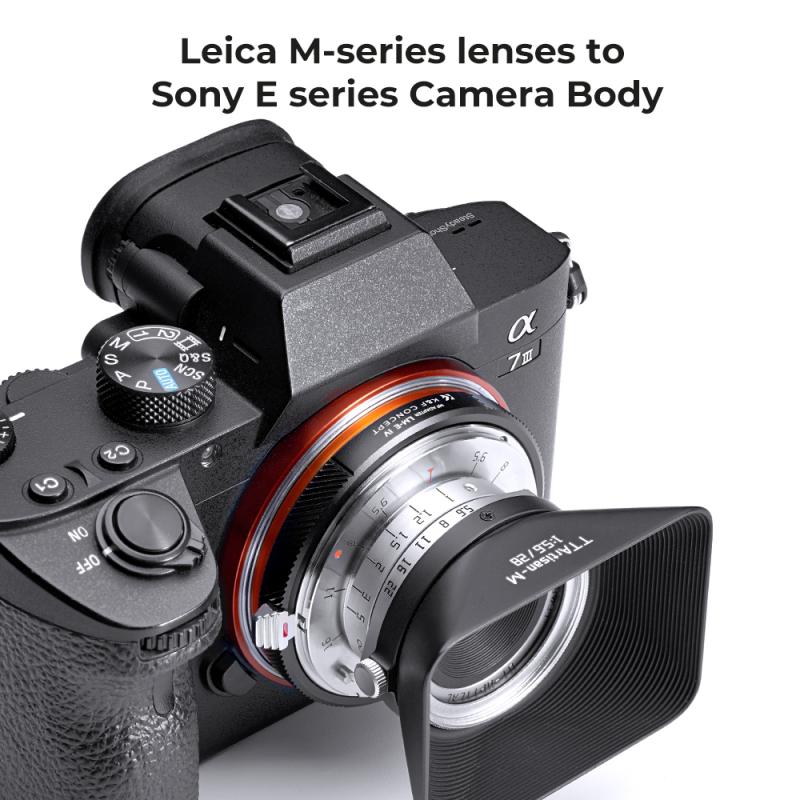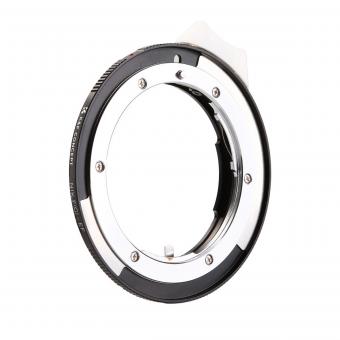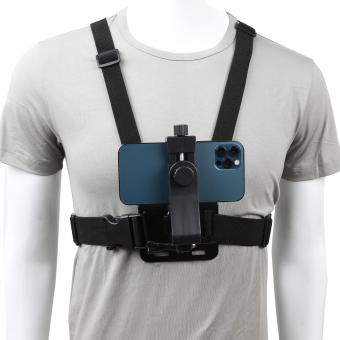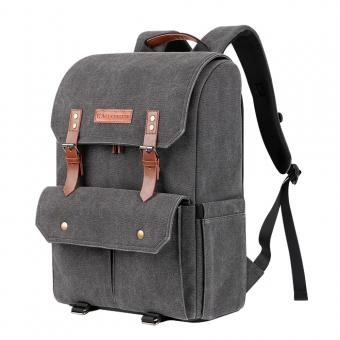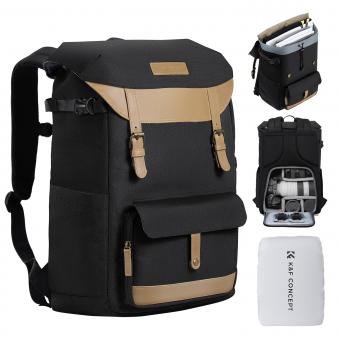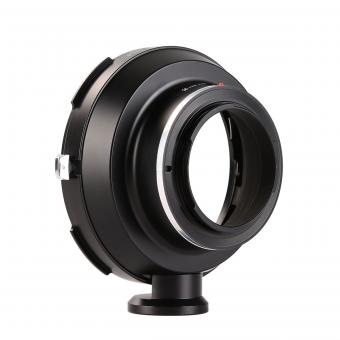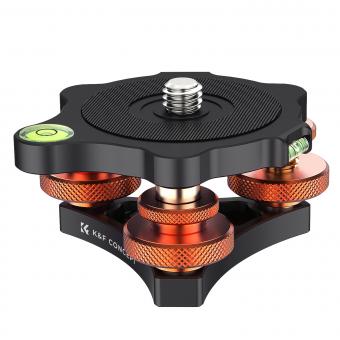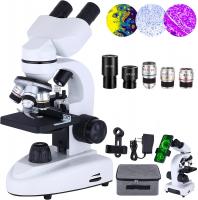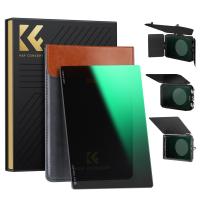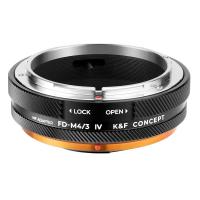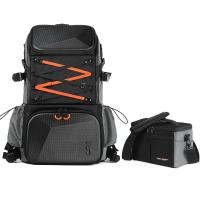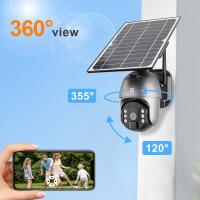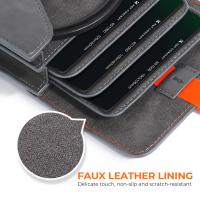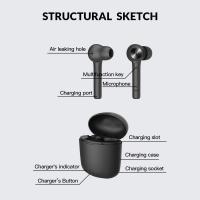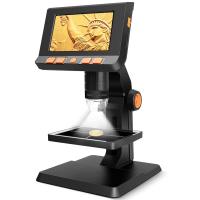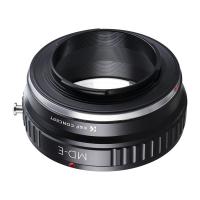What Tripod Will Fit My Camera ?
There are various tripods available in the market that can fit different types of cameras. It is important to consider the weight and size of your camera when selecting a tripod. Some popular tripod brands include Manfrotto, Vanguard, and Joby, among others. It is recommended to check the specifications and compatibility of the tripod with your camera model before making a purchase. Additionally, factors such as the tripod's height, stability, and features like adjustable legs and ball heads should also be taken into consideration to ensure a proper fit for your camera.
1、 Compatibility with camera models and brands
Compatibility with camera models and brands is an important factor to consider when choosing a tripod for your camera. Different camera models and brands have varying sizes, weights, and mounting systems, which can affect the compatibility with tripods.
To determine what tripod will fit your camera, you need to consider a few key factors. Firstly, check the weight capacity of the tripod. Make sure it can support the weight of your camera and any additional accessories you may use, such as lenses or external flashes. It's always better to choose a tripod with a higher weight capacity than what you currently need, as it allows for future upgrades.
Secondly, consider the mounting system of your camera. Most tripods come with a standard 1/4-inch screw mount, which is compatible with the majority of cameras. However, some larger or professional cameras may require a larger mounting plate or a specific type of mount. It's essential to check if the tripod you are considering has the appropriate mounting system for your camera.
Additionally, consider the size and dimensions of your camera. Some tripods have a minimum or maximum height limit, which may not be suitable for your camera's size. Ensure that the tripod can accommodate your camera comfortably and provide the desired shooting angles.
Lastly, it's worth noting that camera models and brands are constantly evolving, with new features and designs being introduced regularly. Therefore, it's essential to stay updated with the latest information and reviews to ensure compatibility with the latest camera models. Manufacturers often provide compatibility information on their websites or product descriptions, so it's advisable to check those sources or consult with experts in the field.
In conclusion, when determining what tripod will fit your camera, consider the weight capacity, mounting system, size, and dimensions of your camera. Stay informed about the latest camera models and brands to ensure compatibility with the tripod you choose.

2、 Maximum weight capacity
"What tripod will fit my camera?" is a common question among photographers and videographers looking to find the perfect support for their equipment. The answer to this question depends on several factors, including the weight of your camera and the type of photography or videography you plan to do.
When considering a tripod for your camera, one of the most important factors to consider is the maximum weight capacity of the tripod. This refers to the maximum weight that the tripod can safely support without compromising stability and functionality. It is crucial to choose a tripod that can handle the weight of your camera and any additional accessories you may use, such as lenses or external microphones.
To determine the maximum weight capacity of a tripod, you can usually find this information in the product specifications provided by the manufacturer. It is recommended to choose a tripod with a weight capacity that exceeds the weight of your camera and accessories to ensure stability and avoid any potential damage.
In recent years, camera technology has advanced, resulting in smaller and lighter camera bodies. This has led to the development of more compact and lightweight tripods that can still support heavier cameras. Manufacturers have been focusing on creating tripods that strike a balance between portability and stability, offering options for both amateur and professional photographers.
It is worth noting that the maximum weight capacity is not the only factor to consider when choosing a tripod. Other important aspects include the tripod's height, stability, durability, and additional features such as quick-release plates or adjustable legs. It is recommended to read reviews, seek recommendations from fellow photographers, and consider your specific needs and shooting style before making a purchase.
In conclusion, when asking "What tripod will fit my camera?", it is essential to consider the maximum weight capacity of the tripod. However, it is also important to evaluate other factors to ensure that the tripod meets your specific requirements and provides the necessary stability and functionality for your photography or videography needs.
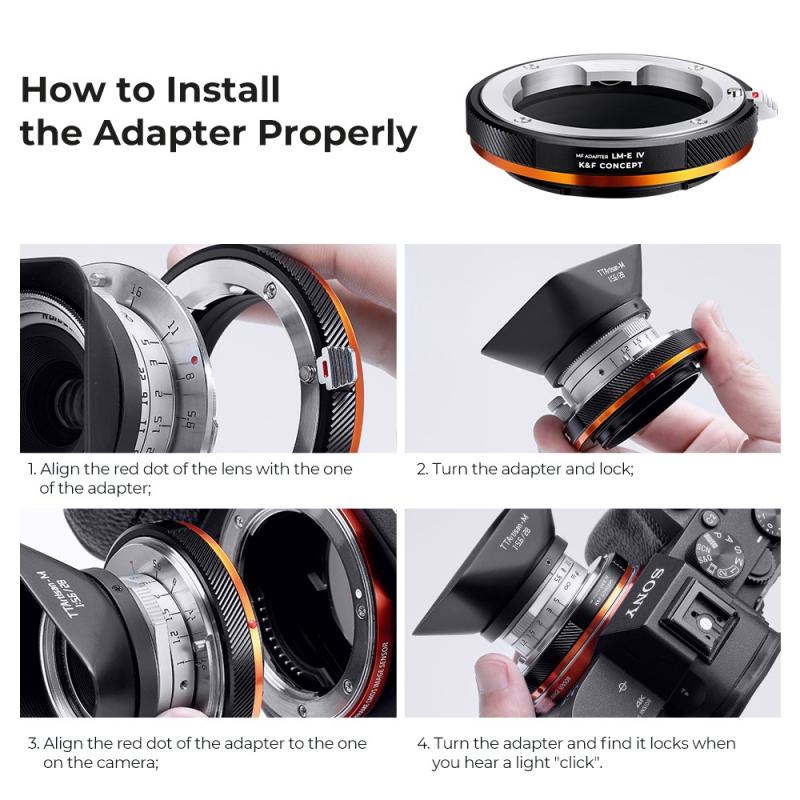
3、 Height adjustment range
"What tripod will fit my camera?" is a common question among photographers and videographers looking for stability and versatility in their equipment. When it comes to finding the right tripod for your camera, there are a few key factors to consider, with height adjustment range being one of the most important.
The height adjustment range refers to the minimum and maximum height that a tripod can be adjusted to. This is crucial because it determines the flexibility and convenience of your shooting experience. A tripod with a wide height adjustment range allows you to capture shots from various angles and perspectives, whether you're shooting at ground level or need to elevate your camera for a higher viewpoint.
The ideal height adjustment range will depend on your specific needs and shooting style. If you primarily shoot landscapes or architectural photography, a tripod with a taller maximum height may be beneficial to capture expansive scenes. On the other hand, if you often shoot close-ups or macro photography, a tripod with a lower minimum height can help you get closer to your subject.
It's worth noting that the height adjustment range can vary greatly among different tripod models. Some tripods offer a compact and lightweight design with a limited height range, making them suitable for travel and on-the-go shooting. Others are designed for professional use and feature a broader height range, allowing for more versatility in various shooting situations.
When considering the height adjustment range, it's also important to take into account the stability and durability of the tripod. A taller tripod may offer more height options, but it could also be more prone to vibrations and instability, especially in windy conditions. Therefore, it's crucial to find a balance between height range and stability to ensure the best possible results.
In conclusion, when searching for a tripod that fits your camera, the height adjustment range is a crucial factor to consider. It determines the flexibility and convenience of your shooting experience, allowing you to capture shots from different angles and perspectives. Consider your specific needs and shooting style to find the tripod with the ideal height adjustment range for you.
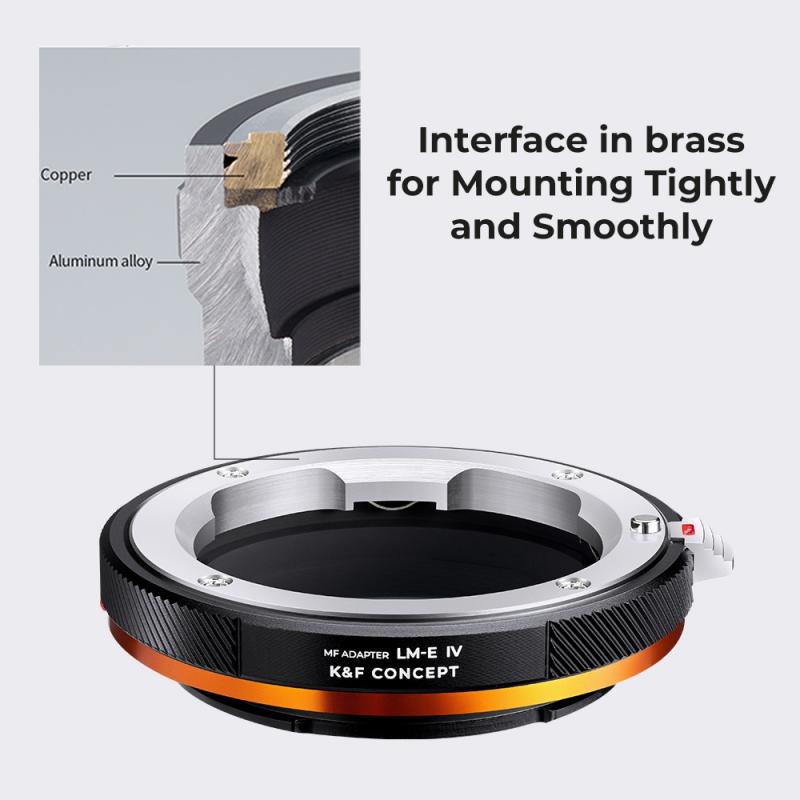
4、 Stability and sturdiness
Stability and sturdiness are two crucial factors to consider when choosing a tripod for your camera. A stable and sturdy tripod ensures that your camera remains steady during long exposures, reduces the risk of camera shake, and allows you to capture sharp and clear images.
To determine which tripod will fit your camera, you need to consider the weight and size of your camera setup. Tripods come with weight capacity specifications, so it is important to choose one that can support the weight of your camera and any additional accessories you may use, such as lenses or external flashes. It is recommended to choose a tripod with a weight capacity slightly higher than the weight of your camera setup for added stability.
Additionally, the size and height of the tripod should be considered. Make sure the tripod is tall enough to comfortably reach your desired shooting height without having to stoop or strain. Some tripods also offer adjustable legs and center columns, allowing you to customize the height and shooting angle according to your needs.
When it comes to stability and sturdiness, it is worth investing in a tripod made from high-quality materials such as aluminum or carbon fiber. Carbon fiber tripods are generally lighter and more durable, but they tend to be more expensive. Aluminum tripods, on the other hand, offer a good balance between weight, stability, and cost.
Considering the latest point of view, advancements in tripod technology have led to the development of innovative features such as advanced leg locking mechanisms, quick-release plates, and built-in levels. These features enhance stability and ease of use, making your photography experience more enjoyable.
In conclusion, when choosing a tripod for your camera, prioritize stability and sturdiness. Consider the weight capacity, size, and height of the tripod, as well as the materials used in its construction. By selecting a tripod that meets these criteria, you can ensure a stable and sturdy support system for your camera, allowing you to capture high-quality images.
